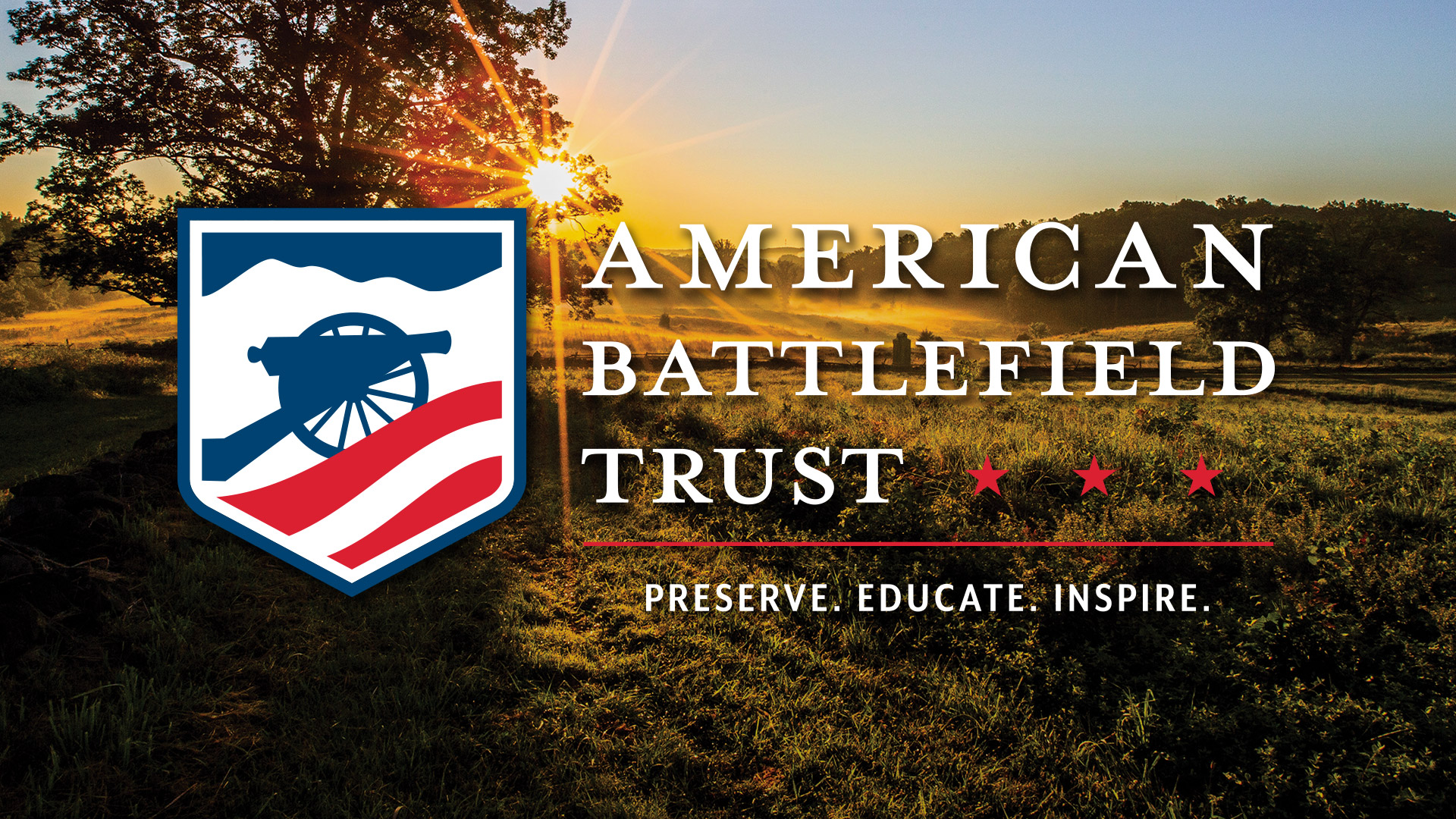Dusty, et al
I did a brief search and came up empty-handed so I'll pose the question: Has anyone, to our knowledge, attempted to cooperate with land conservation groups like The Nature Conservancy in order to both preserve natural and historical resources? Many CW sites seem particularly well suited to the interests of biologists/conservationists. For example much of middle Tennessee is underlain in karst topography which provides the necessary substrate for many rare calciphilic plants and some unusual ecosystems - the famed cedar glades of Stones River are highly valued by biologists. The sandhills of eastern North Carolina are likewise home to many unususal species and are considered an endangered ecosystem and are the sites of numerous skirmishes between Kilpatricks troopers and Hampton's boys in '65. Clearly this list could become very large with CW battles fought on praries, cypress swamps, marshes, barrier islands, longleaf pine forests, and mountain coves just to name a few more.
So... does anyone know if CWPT has ever joined with nature conservation groups as a way of combining both resources and outcomes? If not - well.... I just happen to know a professional biologist/ Civil War buff for hire. In all seriousness, this does strike me as an avenue worth pursuing.
I did a brief search and came up empty-handed so I'll pose the question: Has anyone, to our knowledge, attempted to cooperate with land conservation groups like The Nature Conservancy in order to both preserve natural and historical resources? Many CW sites seem particularly well suited to the interests of biologists/conservationists. For example much of middle Tennessee is underlain in karst topography which provides the necessary substrate for many rare calciphilic plants and some unusual ecosystems - the famed cedar glades of Stones River are highly valued by biologists. The sandhills of eastern North Carolina are likewise home to many unususal species and are considered an endangered ecosystem and are the sites of numerous skirmishes between Kilpatricks troopers and Hampton's boys in '65. Clearly this list could become very large with CW battles fought on praries, cypress swamps, marshes, barrier islands, longleaf pine forests, and mountain coves just to name a few more.
So... does anyone know if CWPT has ever joined with nature conservation groups as a way of combining both resources and outcomes? If not - well.... I just happen to know a professional biologist/ Civil War buff for hire. In all seriousness, this does strike me as an avenue worth pursuing.



Comment